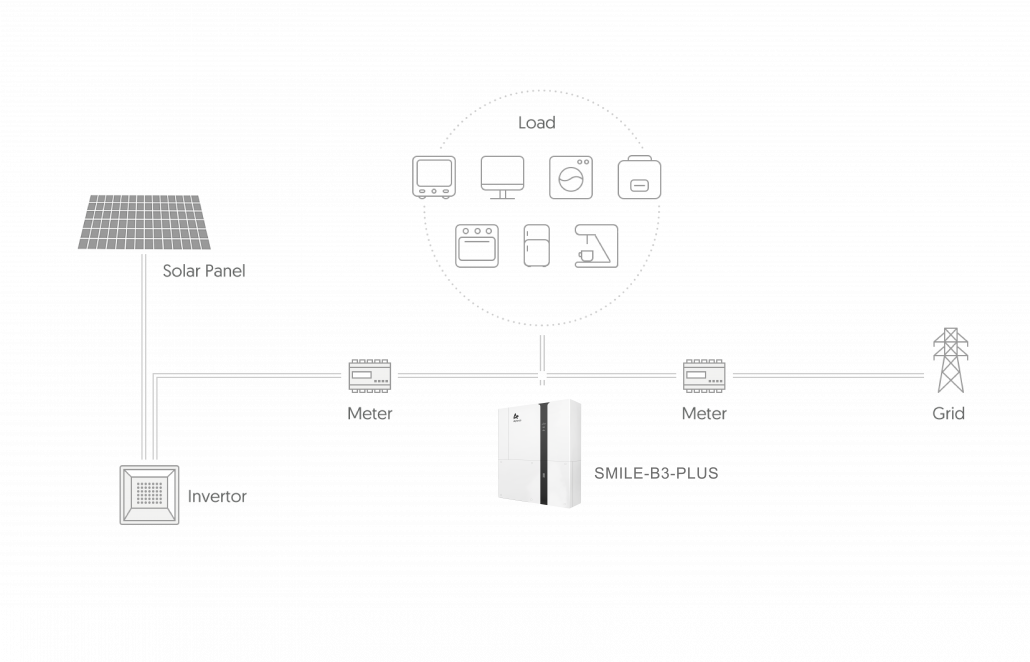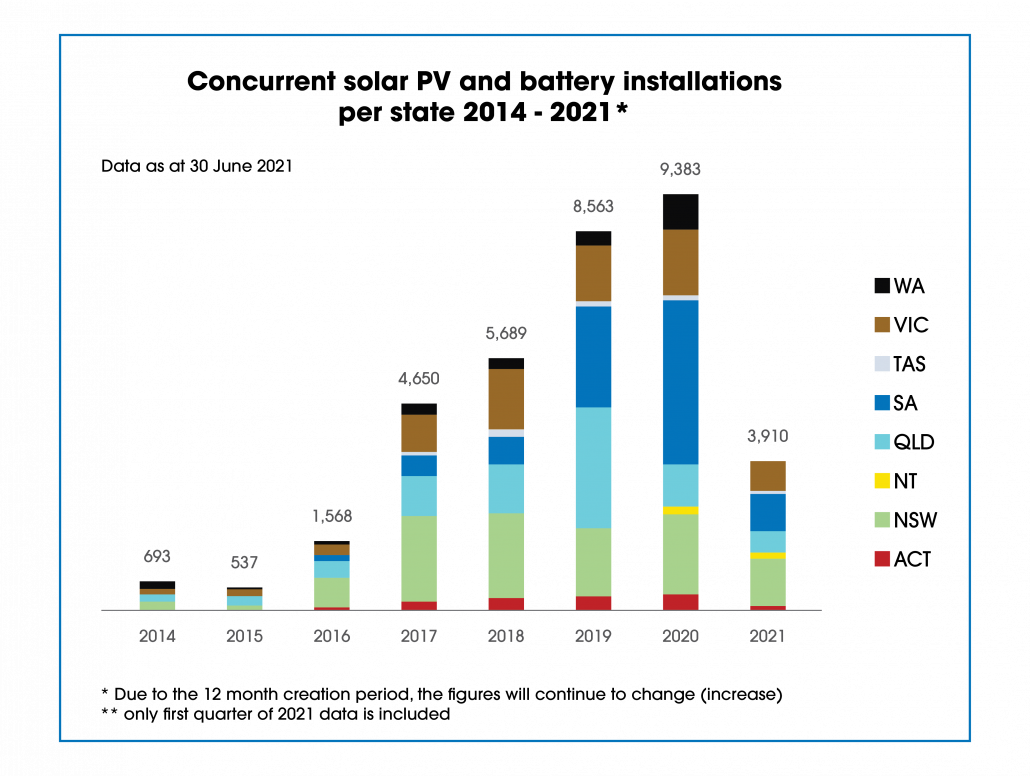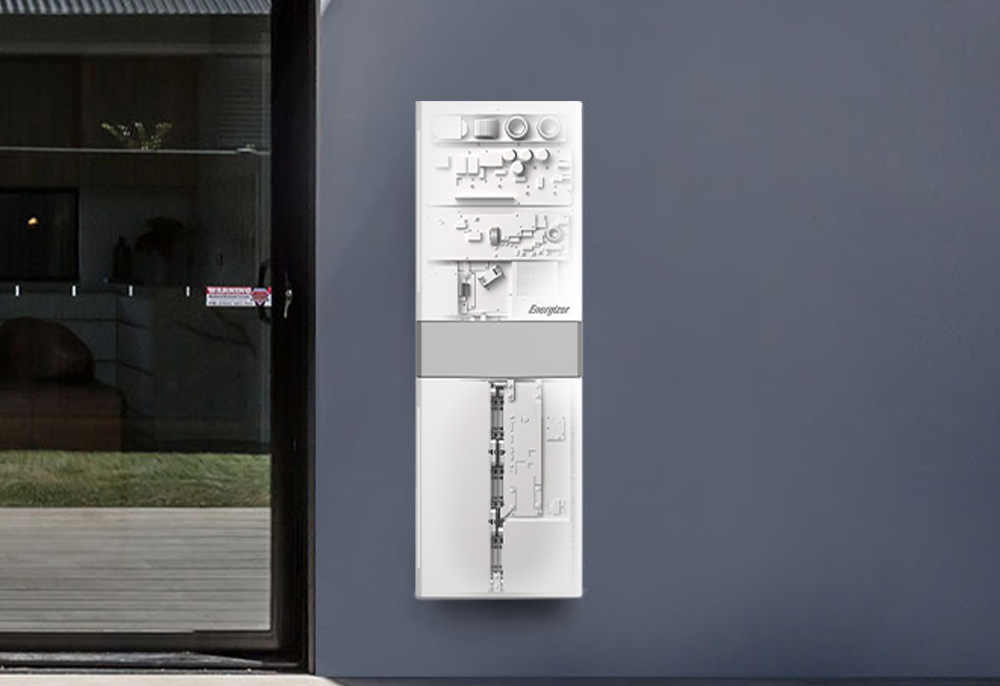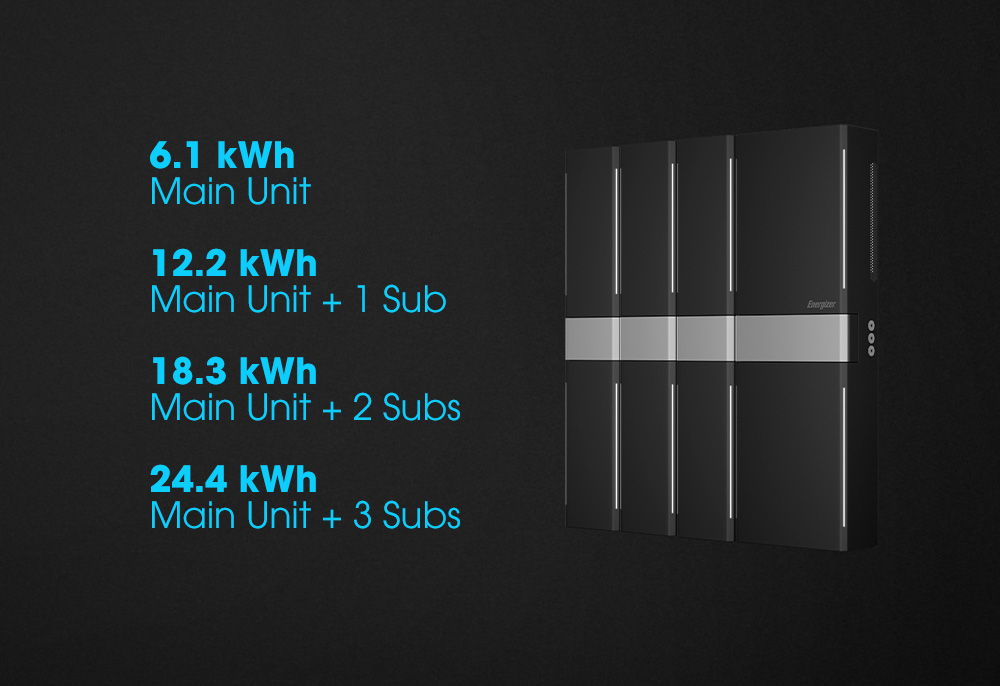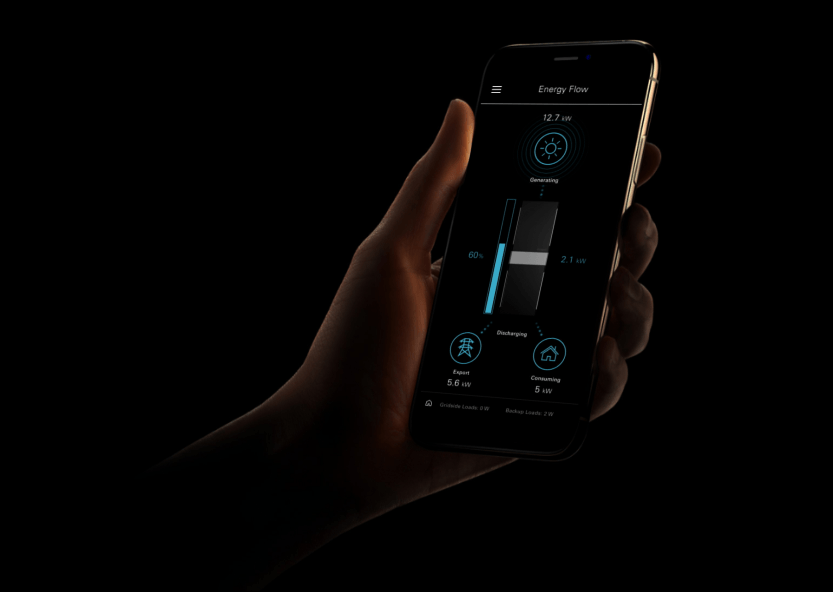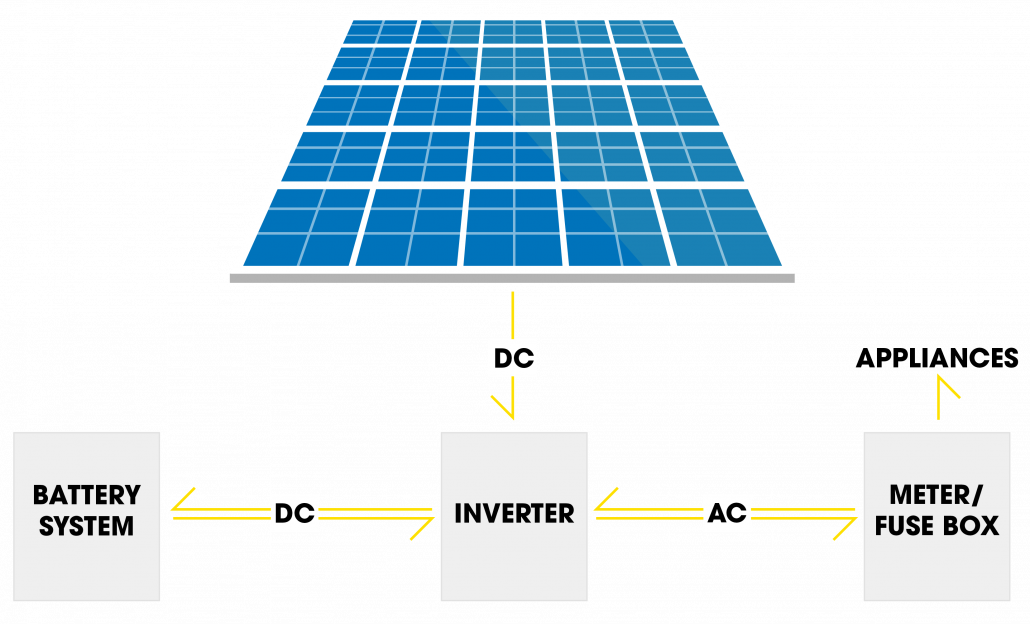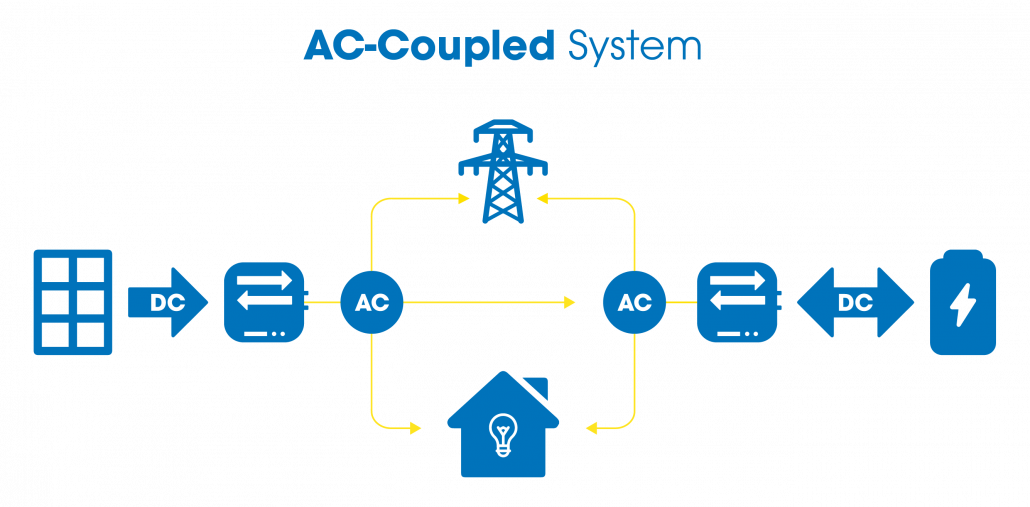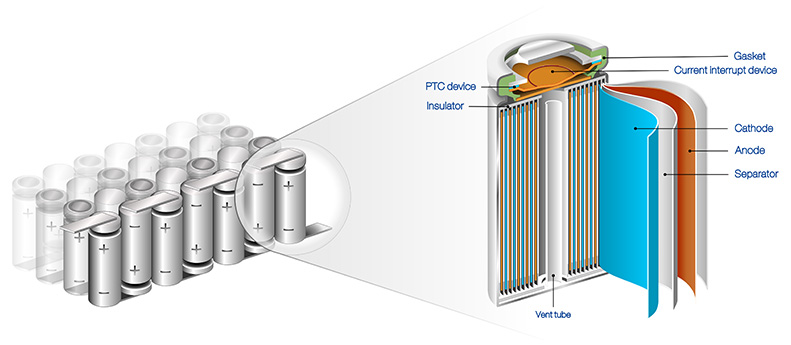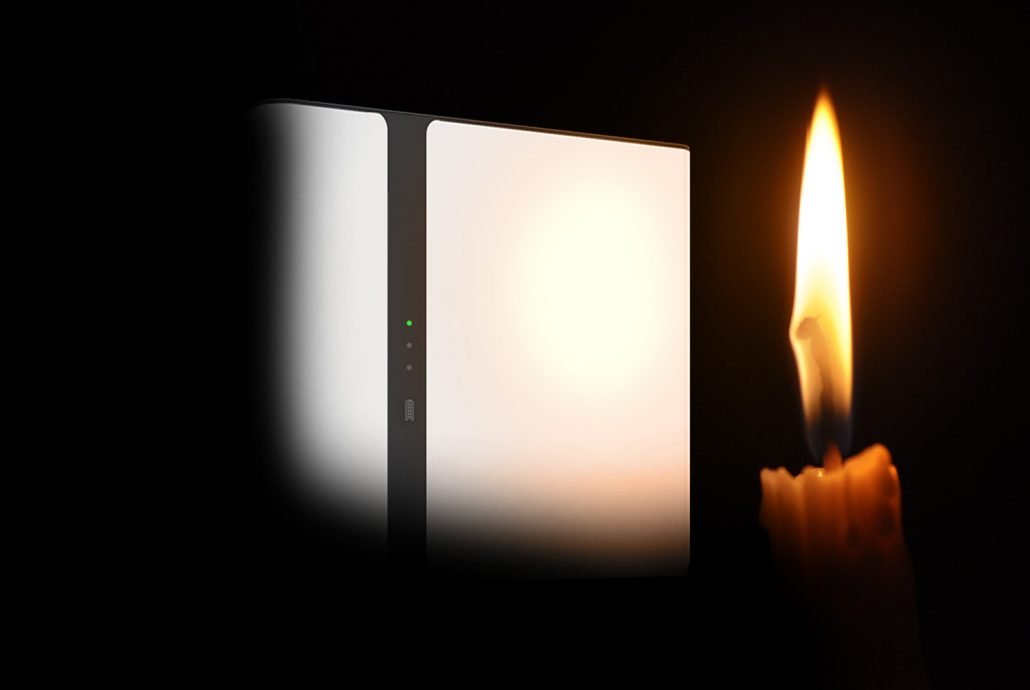Solar energy is becoming more of an essential with ever increasing electricity bills. Through a solar battery, you can store some of the free energy you generate during the day from your solar panels. This is a perfect way to fully maximise the use of your solar investment. That’s why choosing the right storage has never been more important – and this decision is not as straightforward with the multiple brands, sizes, and models to choose from. Thankfully you’re in luck, because at Solar Battery Group we have handpicked the best battery brands to help make that process easier.
The AlphaESS Smile-Bat-10.1P solar battery at a glance
Do you want to erase all memory of a bad electricity bill? Well, that can be made a reality thanks to AlphaESS, one of the leading energy storage and service providers in the global market. At Intersolar 2015, the world’s most influential solar exhibition held in Munich this June, Alpha ESS entered the top 10 finalists of the EES Award.
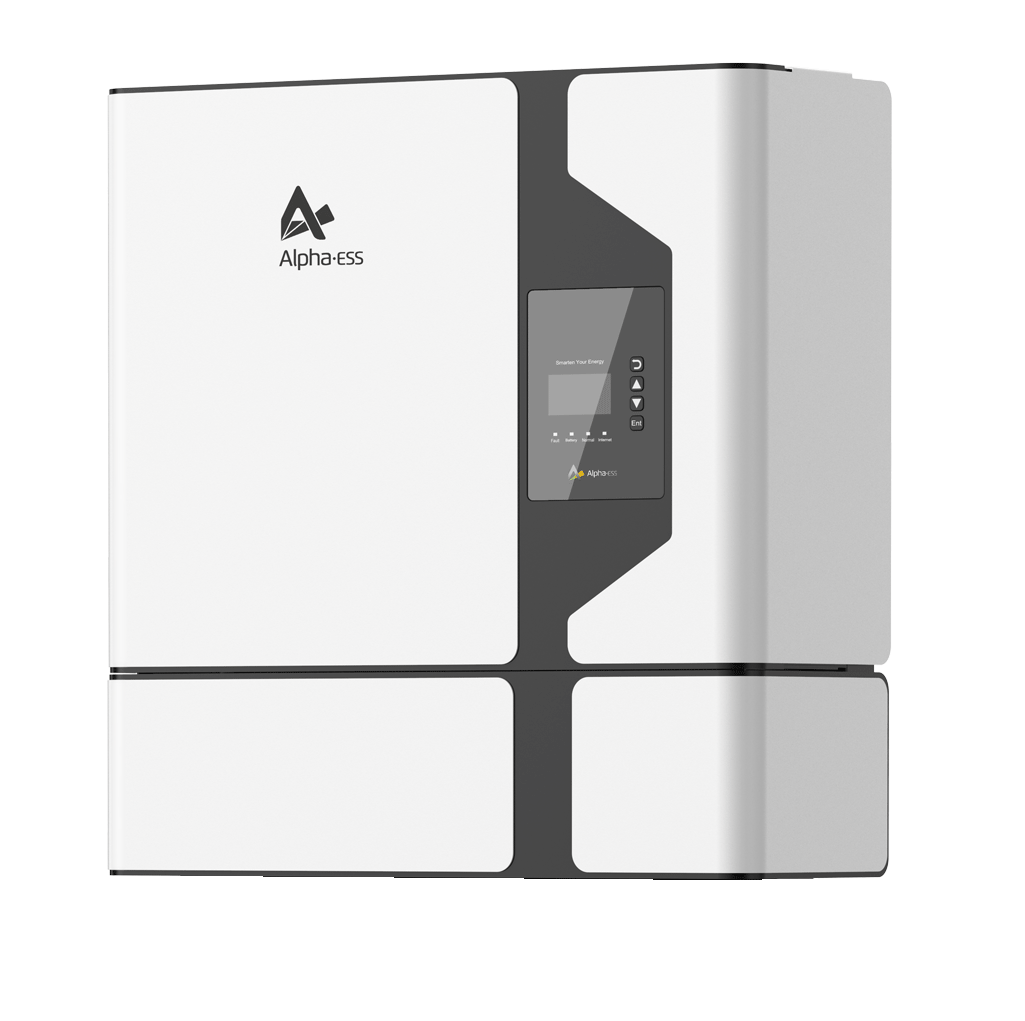 Today, AlphaESS have produced a premium storage battery for you… The Smile-Bat-10.1P, an exceptional solar battery expandable from 10.1 to a massive 60.6kWh of storage. This Alpha battery is VPP ready, with 24/7 phone monitoring. Alpha ESS also adds 5 years product warranty and 10 years of performance warranty, which gives you as a customer some reassurance that you are supported.
Today, AlphaESS have produced a premium storage battery for you… The Smile-Bat-10.1P, an exceptional solar battery expandable from 10.1 to a massive 60.6kWh of storage. This Alpha battery is VPP ready, with 24/7 phone monitoring. Alpha ESS also adds 5 years product warranty and 10 years of performance warranty, which gives you as a customer some reassurance that you are supported.
This Smile model has been designed for a long service life with one of the safest battery chemistries available in the market – LFP or Lithium Iron Phosphate. Rated IP65, the Smile-Bat-10.1P is tough against all weather conditions weather and its simple design makes for a quick and easy ‘plug & play’ installation.
Ready for blackout protection
As an option on top of a standard installation price, the Alpha Smile-Bat-10.1P has blackout protection capabilities. To install this feature, modifications to your switchboard will need to occur. Should you choose to add backup power, your battery will have the ability to detect outages automatically, becoming the energy source for your home while the grid is down. Once paired with the solar on your roof, the backed up circuits can run through a 4kW continuous UPS for critical loads.
Alpha Cloud monitoring
Alpha ESS have developed an app which enables owners of the Smile-Bat-10.1P to see their battery’s status in real time with 24/7 monitoring. Alpha Cloud will let you check the performance of your system in 3 areas:
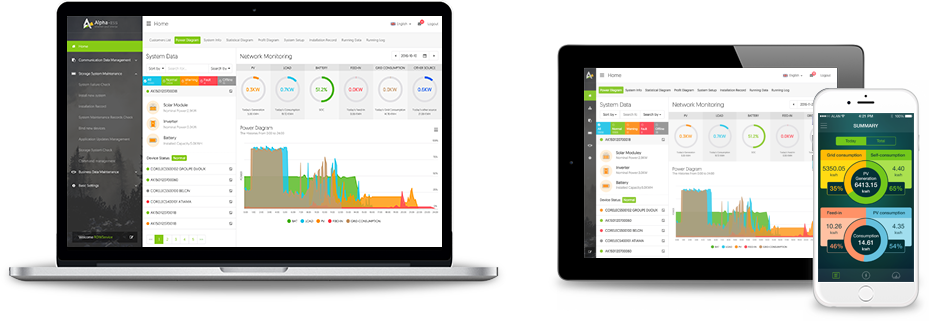
- Power Summary
Here you can monitor you PV system and see in real time the amount of energy produced by the solar panels. The real time load consumption of your system and where the load is drawing from is displayed in a user-friendly pie chart.
- System Status
Here you can view the load consumption, PV generation, feed-in and grid charge for the day. You can also view historical data pulling up information since the system was installed. This can be displayed in several easy-to-read graphs and charts.
- System information
Here you can go under the hood of your Alpha system in the palm of your hand, you view the configuration of your system, the array size of your PV system, the inverter size and battery capacity.
It is important to talk to our Solar Battery Superheroes who can assist you in determining if the AlphaESS Smile-Bat-10.1P is the battery for you, to meet your home and your energy needs.
Join millions who are already making the change to renewable energy in the want for a cleaner future.
![]()

